February 9, 2020
Martha O'Kennon
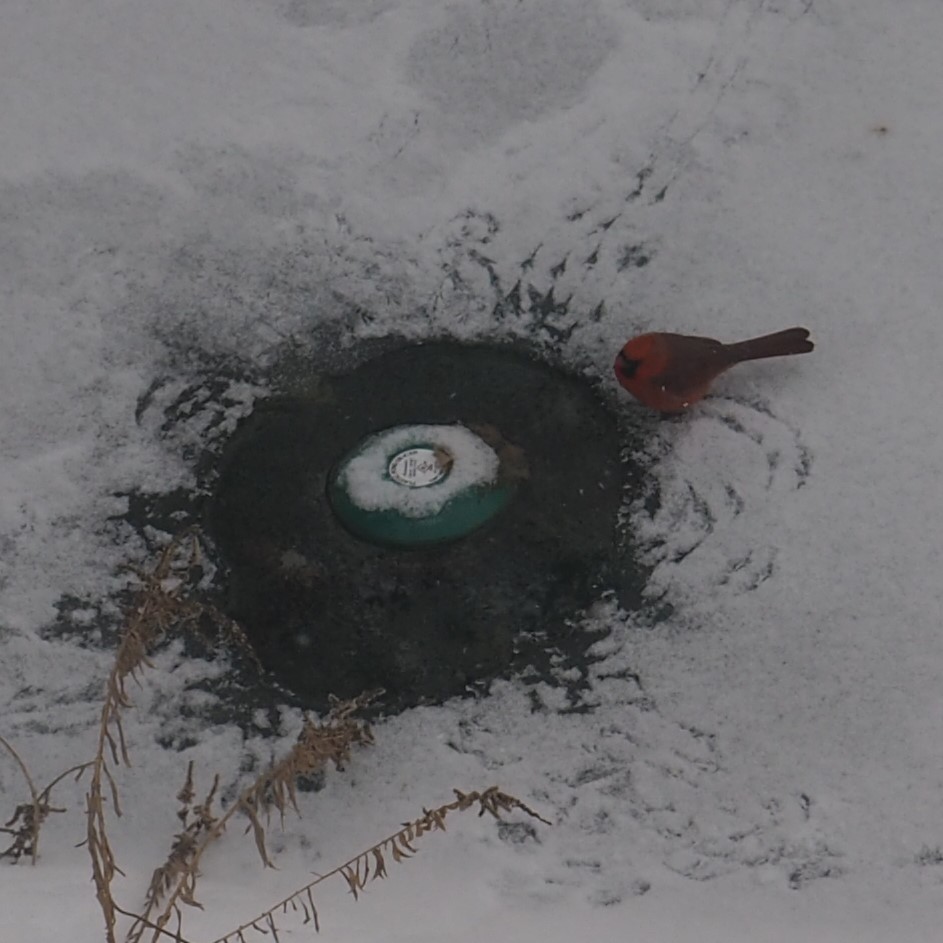
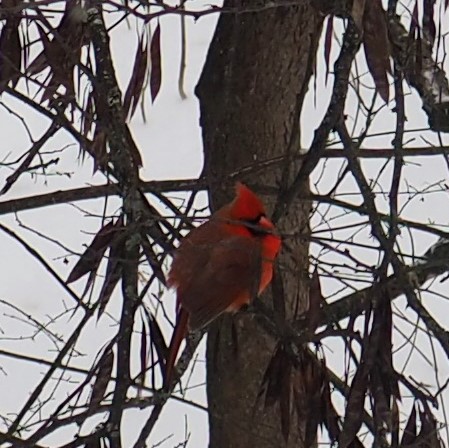

The first week of February was much like all the weeks of January: hovering between 30F and 45F. The pond defrosted long enough for me to skim out some of the leaves that fell into it after the last melt. The Norway Maple leaves have now all fallen. Those trees seem to cling to their leaves until all the other maples have dropped theirs. But meanwhile, even when the rest of the pond is frozen over, the little floating heater has done its duty keeping a respectable hole open into the water. One morning I spotted a male cardinal going to and fro in the snow on the frozen part and drinking from the open part. Here he is at the watering hole surrounded by his and his cronies' footprints; in the old redbud tree; and his Mrs. in that tree. The night before when it was almost dark, I saw six or seven females at the hole, and they seemed to still be around at this time. This morning there were about that many males but mostly in the tree. I suppose they like the redbud seeds in the ripe pods.
Remember that there is information in the name of the file for each image. You can see it by mousing over the image - look at the lower left of the screen. Or you can click on the image to get to the (usually) larger image. Then the info is displayed in the address line above. Sometimes the second click will actually display a different view of the original image.
This little Small Honey Ant was the only ant I've seen since January 25th. Winter must mean the time for them to cool their heels down underground. Were there any Barklice? Not any adults that I've seen, though look at this picture (which I'll repeat at the end of the blog with the Wasps) of an Encyrtid Wasp and especially at the small critter at the upper left. I didn't see the critter until I was cropping the wasp picture. But it surely does look like the skin we saw back in the fall left over when the barklouse Valenzuela flavidus nymphs were hatching. If anyone has any other ideas, please let me know!
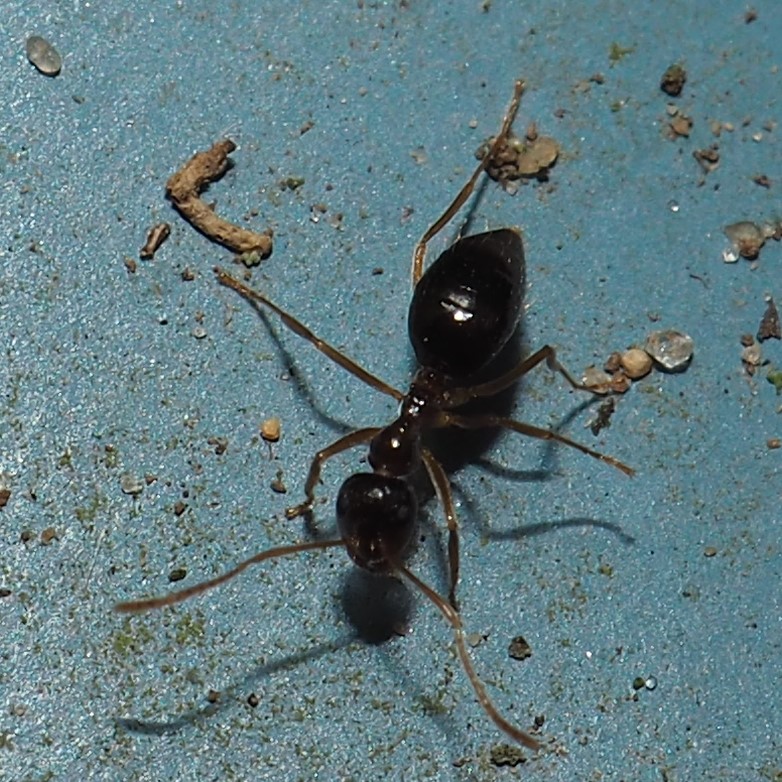
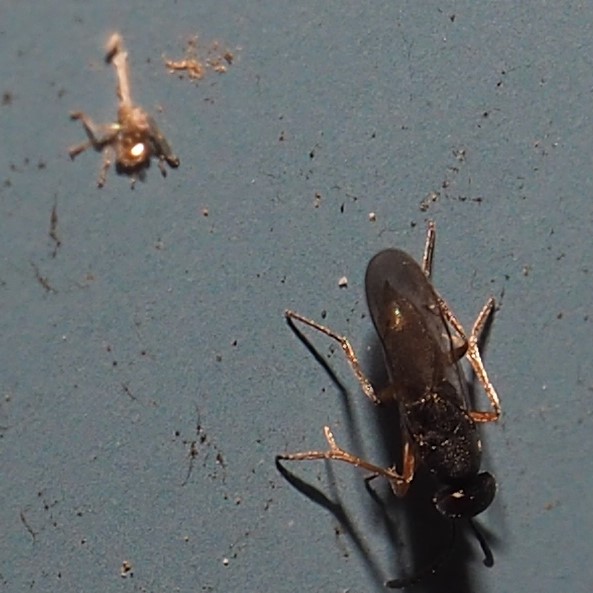
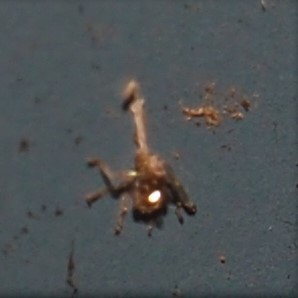
Here we see the barklouse Polypsocus corruptus and something that looks like the "critter" above. And in picture 2 is the barklouse Graphopsocus cruciatus with another of the strange "skins". So I don't know what the barklouse was that left its skin in the wasp image above, but I do think we have discovered what at least these species of barklice's moulted skins look like.
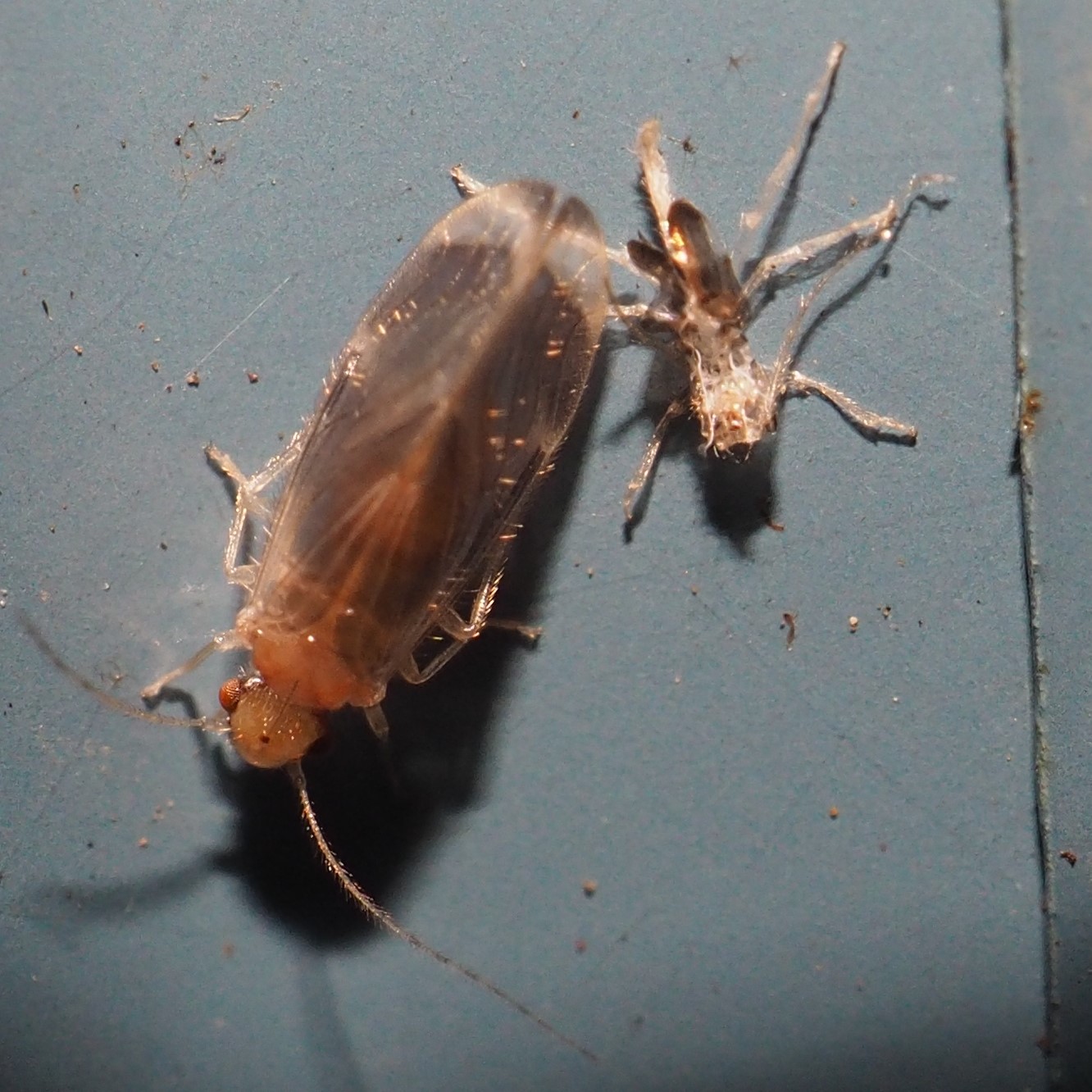
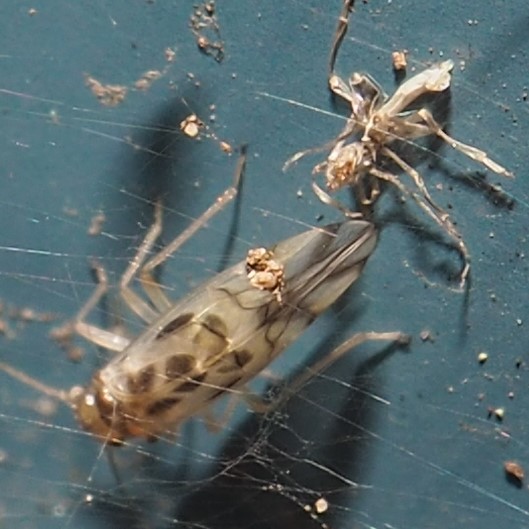
Just in the past few days, one or two weevils have emerged. I say "one or two" because I can't really tell if the fuzzy photo I took on February 2 represent the same apecies as the ones from February 3 (pictures 1 and 2), which were ID'd by Boris
Büche as genus Tychius. Among the bugs, we did see our old friend Drymus unus, our one true bug of the period.
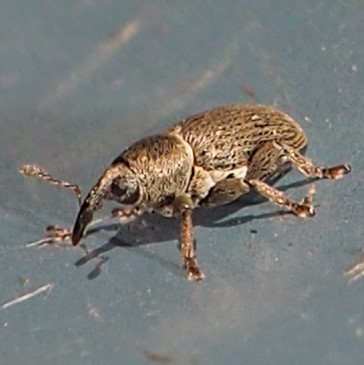


But a couple of days ago I spotted a tiny creature that turned out to be a Psyllid. Let's look back for a moment to the last times we saw one of these. Picture 1 shows a Psyllid, probably of genus Trioza, on December 22; picture 2 was from January 15; and the last image is from February 4. In each of these pictures, we can see what looks like little white parasites on the thorax. Pictures 2 and 3 also seem to show filaments wrapped around the neck of the Psyllid.
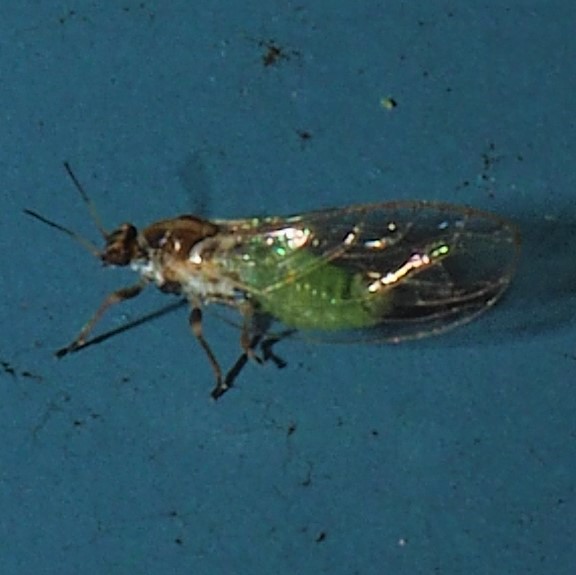
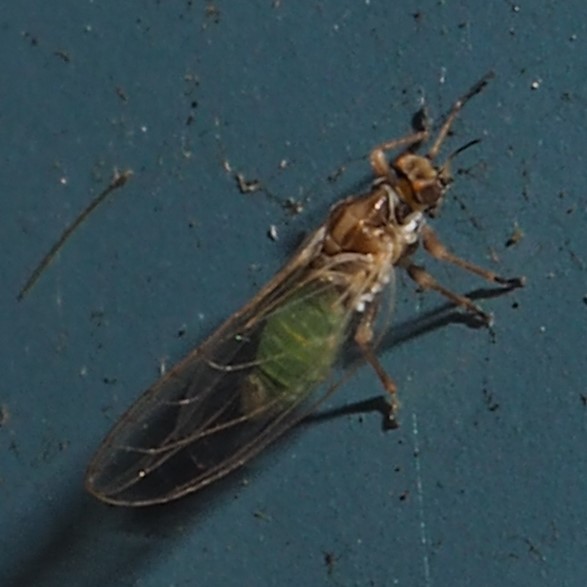

Do you remember the Looper that we thought was dead a month or more ago, but suddenly started stretching and then moving down the wall? Here it is on January 23, February 1, and February 7. In all these pictures, we can see what looks like an even tinier beetle on the foot. Probably not, but cool to think about.
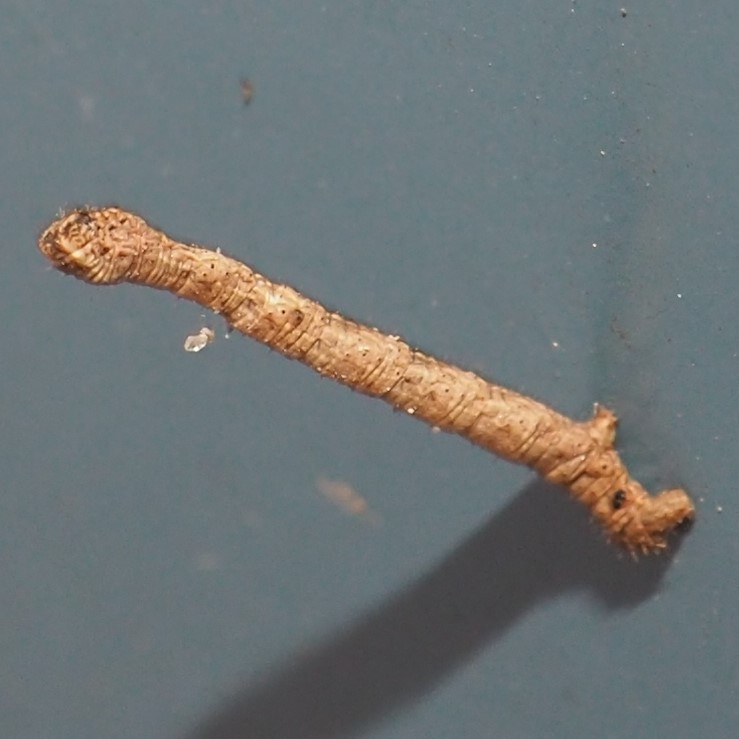
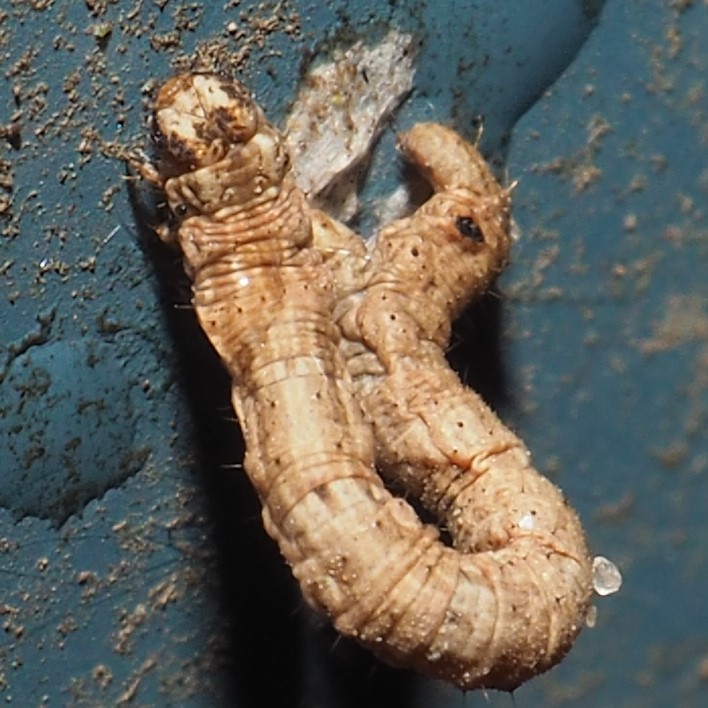
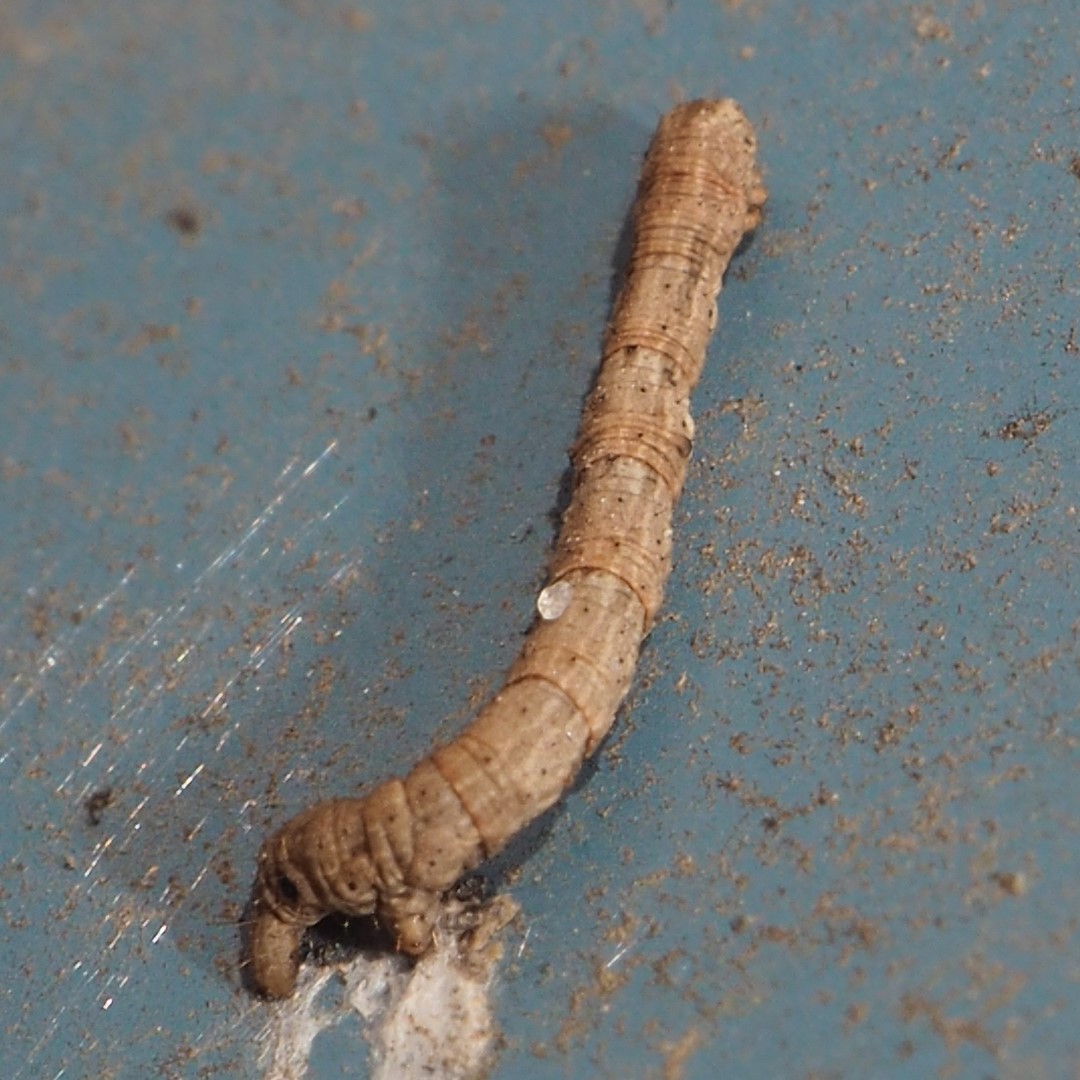
No, this wasn't outside in Albion, but it is so cute - my friend Biddy Greene found this baby Mantis in her yard in Cape Town. It's summer there of course. Mantids are so precious - most humans find something very appealing about their big eyes and the way they cock their heads as if waiting for you to say something to them. They are also an example of the kind of life cycle in which the egg hatches out a nymph (not a larva or worm-like critter) that grows and moults, grows and moults until the last moult yields the adult. In Mantids, each nymph looks like a tiny copy of the adult. If you can locate the "shoulder" and the minuscule winglet, you can tell that this baby that is quite young. Not all creatures that progress as egg, nymph, nymph, nymph... adult (or imago), have this property. For instance, in leafhoppers the nymphs progress through stages (instars) that hardly resemble the adult at all. Here is a baby Japanese Maple Leafhopper nymph (picture 2) and adult (picture 3). (Actually, having compared them a bit more, look at their faces. Who knows what those wings are hiding?)


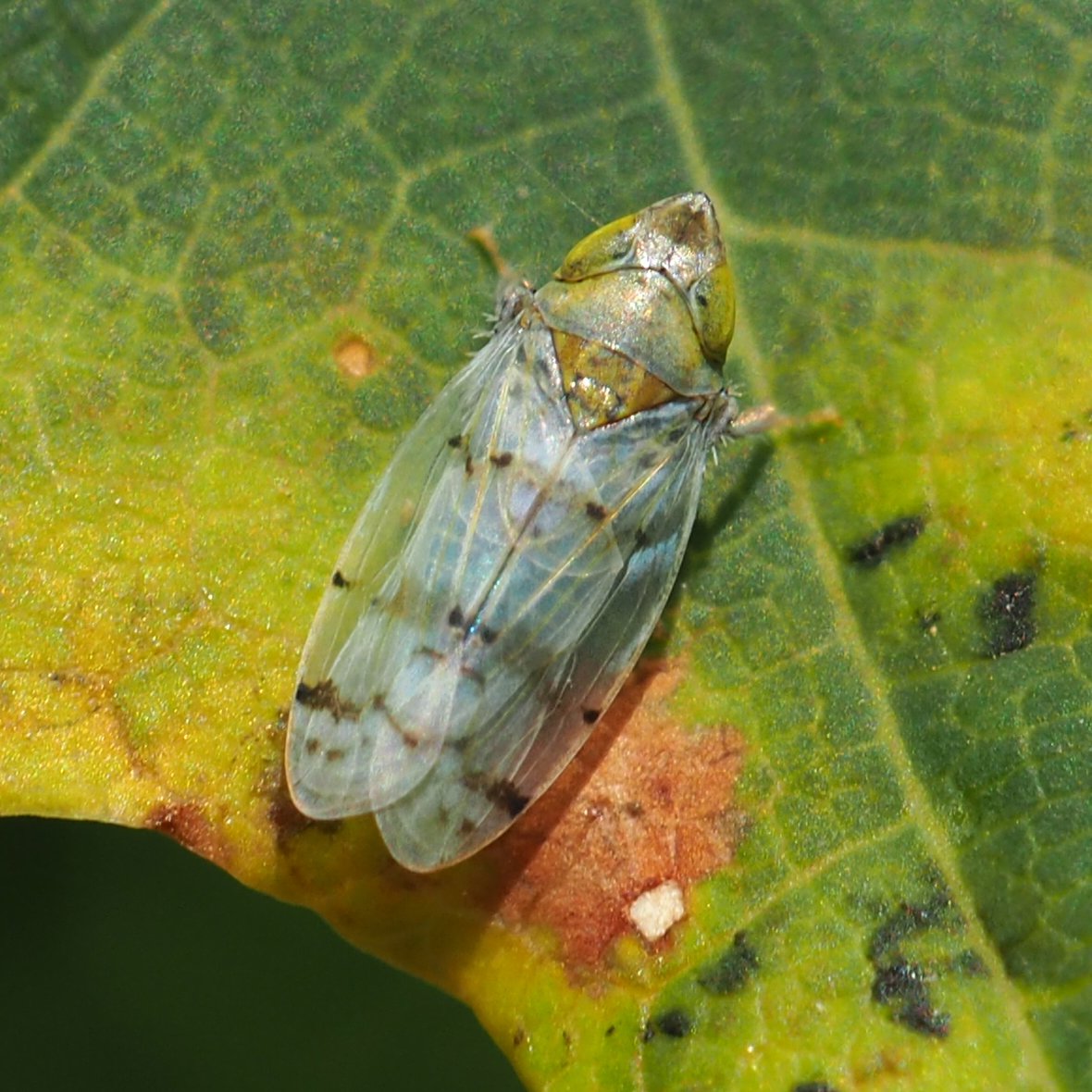
Yes, the Spiders were again the intrepid Antarctic explorers of the Michigan blue steel ice. But first I wondered if something was hatching in this mysterious image. Picture #2 is a Spider! Yes, it is. It's called a Cribellate Spider or in iNat they prefer to say a Feather-legged Spider. It owes its shape to the fact that the legs are pulled together to hide the true Spider shape. I didn't see this one open up but here are pictures (2 and 3)of the expanded spider from February 2 and 18 of 2017.

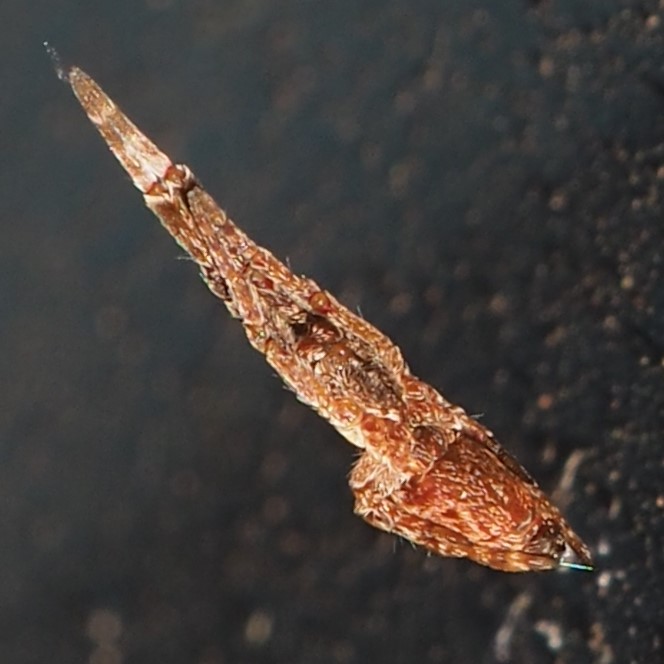
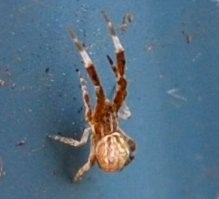

On January 24, about 6 feet (2 meters) away from each other were two different individuals of genus Eustala. We're still waiting to see the green member of this genus called the Hump-backed Orbweaver. But it is still exciting to see some of the less exotic members. Picture 1 shows the typical pattern on the abdomen of members of this genus. Numbers 2 and 3 are probably two different members of the light-colored individuals we saw. Fourth is definitely a different individual, being so dark. But the typical Eustala abdominal pattern is clear here too.
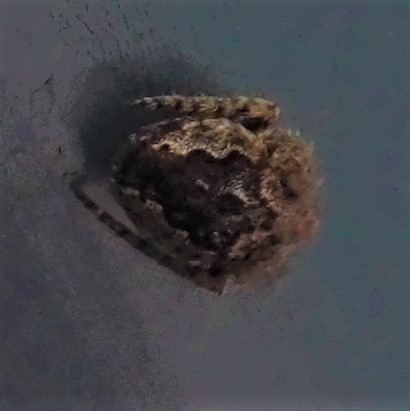

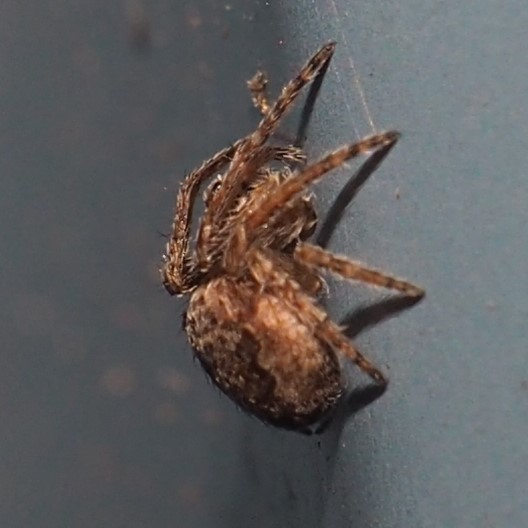
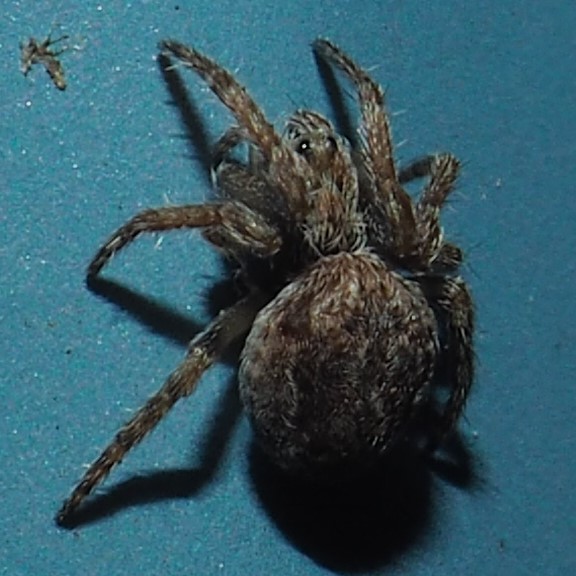
As in Eustala, the Dwarf Spiders of genus Grammonota are ubiquitous. First and second, a female. Third, a male - look at the size of those pedipalps!
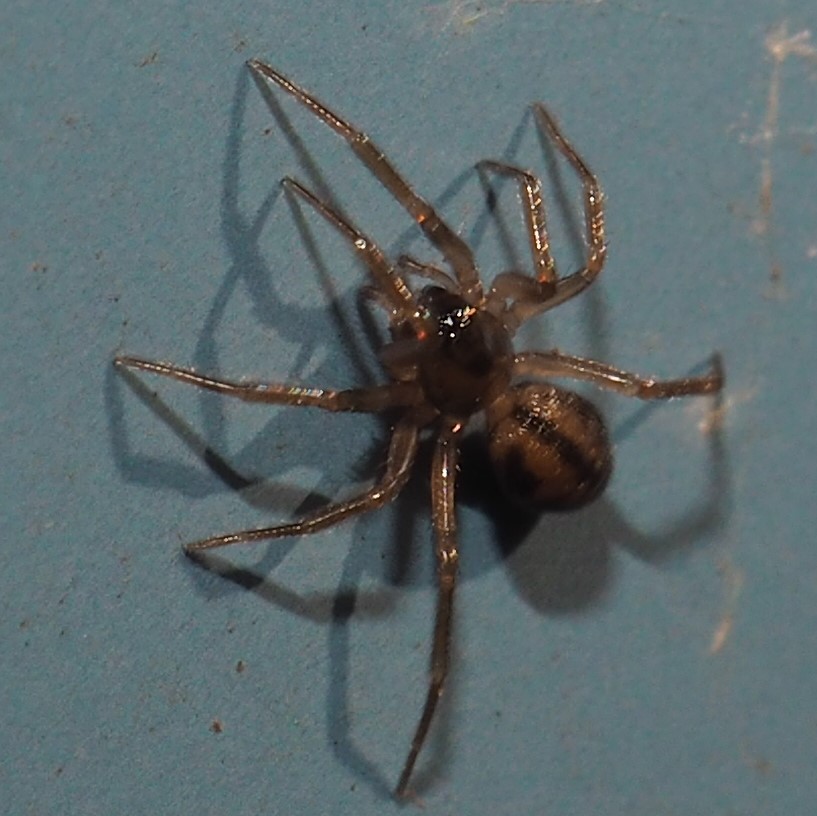
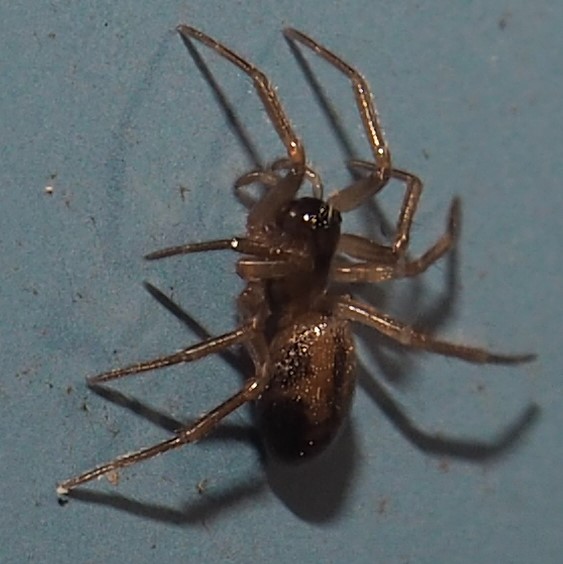
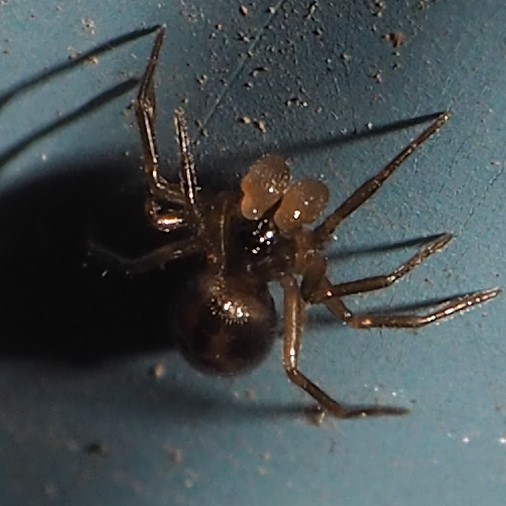
The Tuft-legged Orbweaver is still a sign of impending spring. Unlike Punxsutawney Phil (the groundhog whose shadow on February 2 gives away the probable date of spring), it will show up a few times during January and February to tell us not to give up on spring yet!
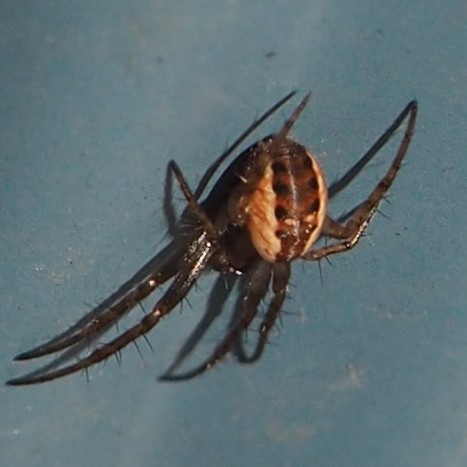

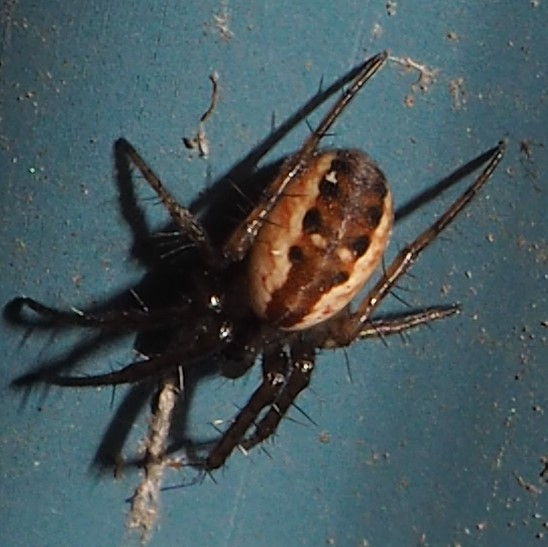
Bad news folks! The Orchard Orbweaver, Leucauge venusta, which appeared on January 5th and 10th, did NOT appear in the past three weeks! Sigh. But the Western Lynx Spider did make a repeat appearance on January 25, 2020.
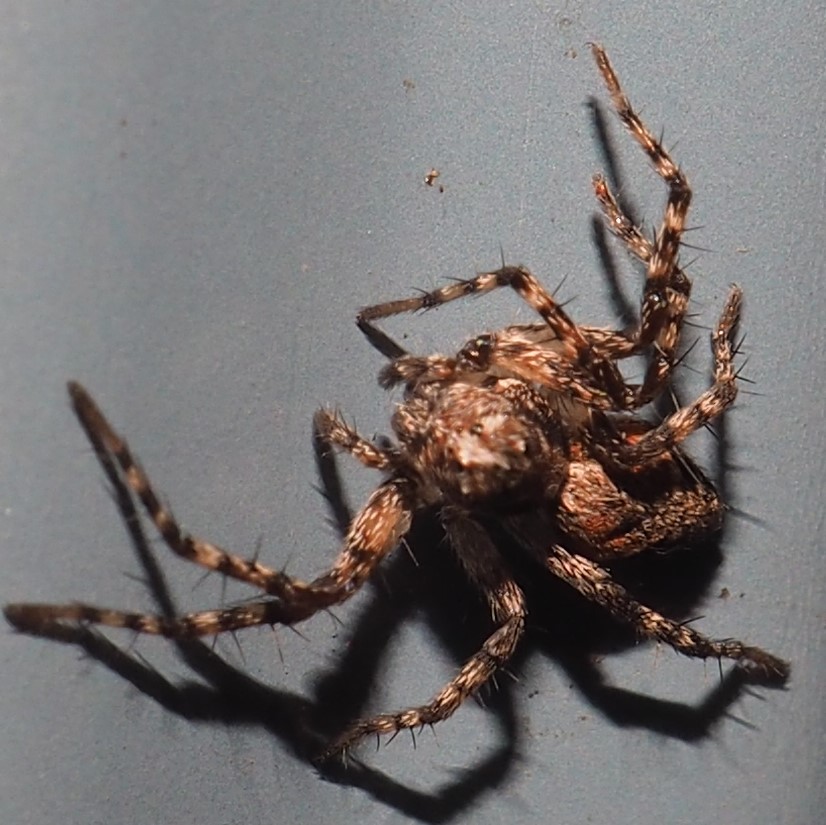
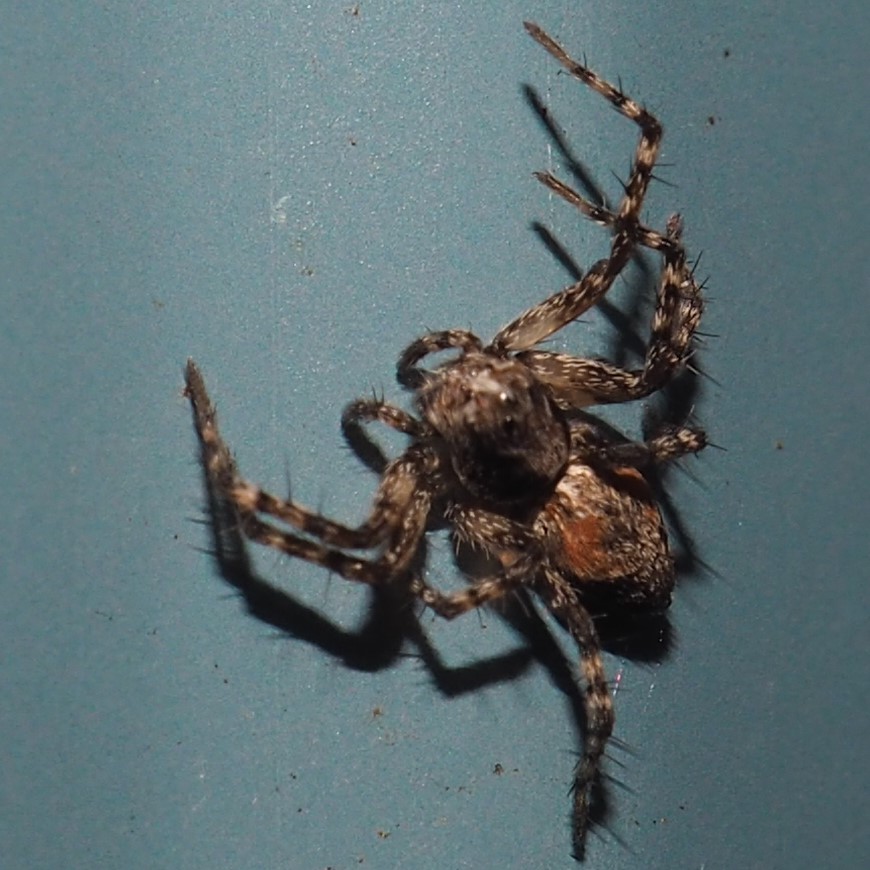
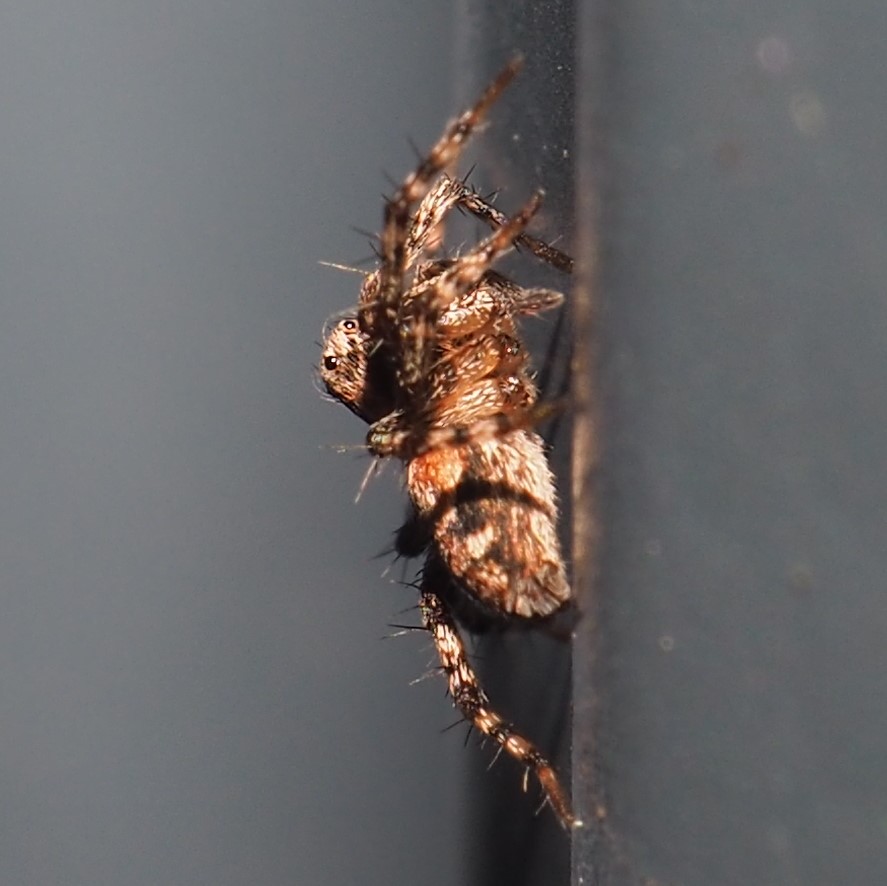
This tiny (really tiny, maybe less than 1 mm long (top to bottom in this picture)) spider was swinging in the chill breeze on February 3. Matt Claghorn suspects it is a Dwarf Spider (it sure is!).
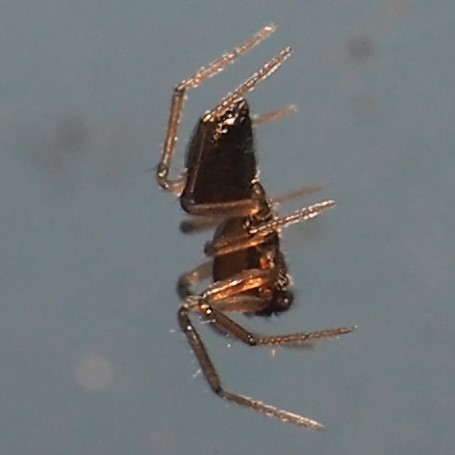
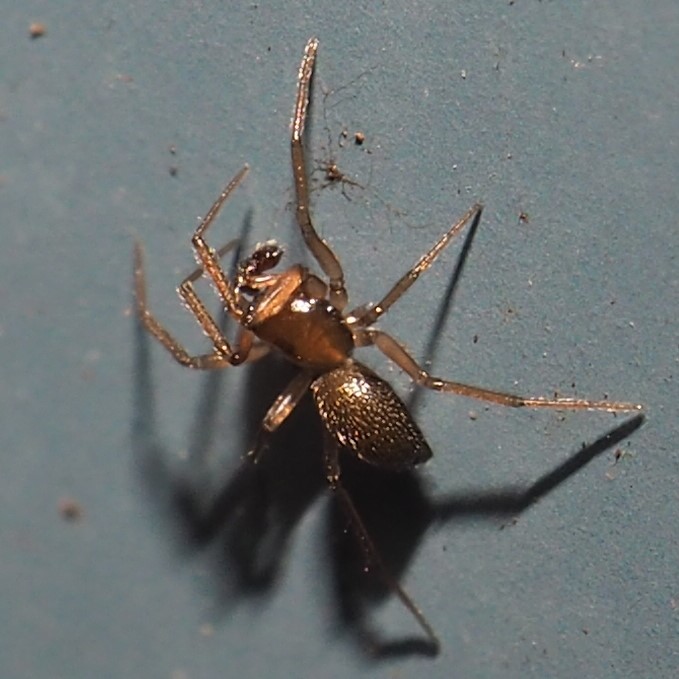

Springtails continue to surprise me with their cold-hardiness. This first one is apparently an Elongated-bodied Springtail, going by its long body. Second is also one of the Elongated-bodied ones, which has been identified now as Isotoma delta. The third was identified as a Slender-bodied Springtail. I did NOT see any Globular Springtails in this last 3-week period.
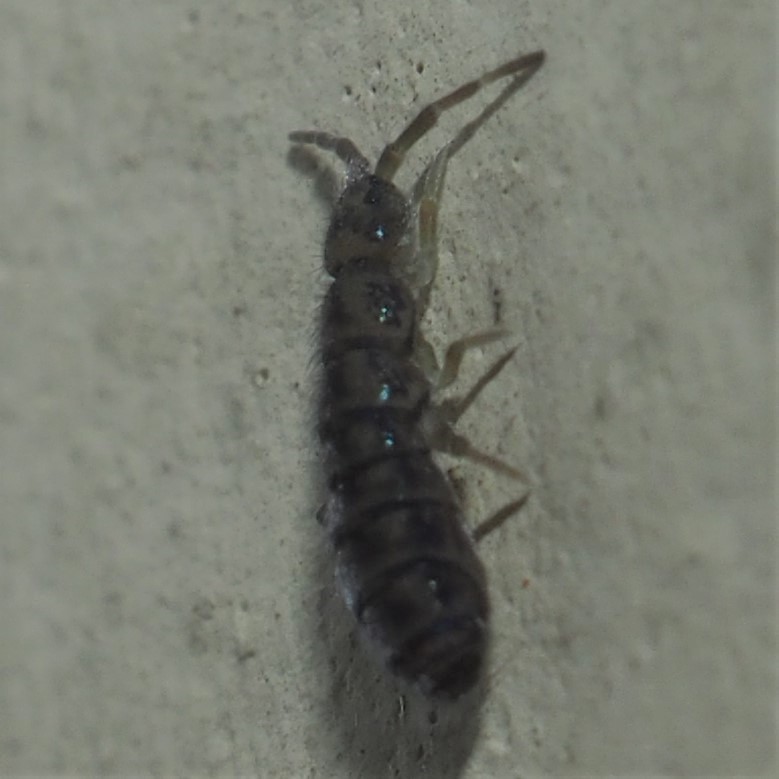
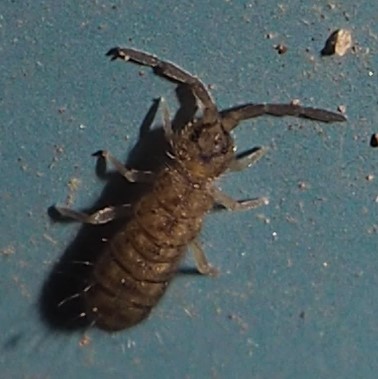
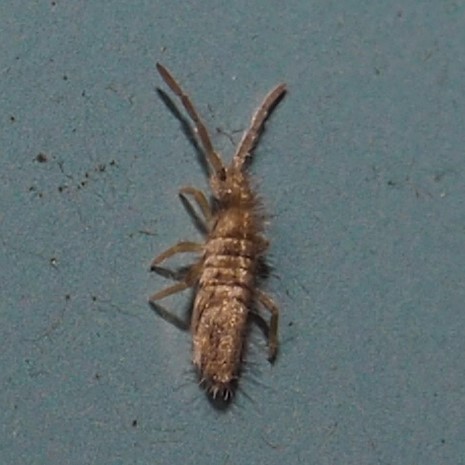
At the beginning of this blog we looked at a picture of a weird little barklouse nymph off to the edge of a picture of a fly? wasp? I always get this particular kind of wasp mixed up with a fly. And I'm always being corrected - it's really a kind of wasp that looks a bit like a fly. It's called an Encyrtid Wasp. Sometimes these are very attractive, often with a bit of iridescence. Even though these don't seem to have those fantastic colors, they are neat little wasps.
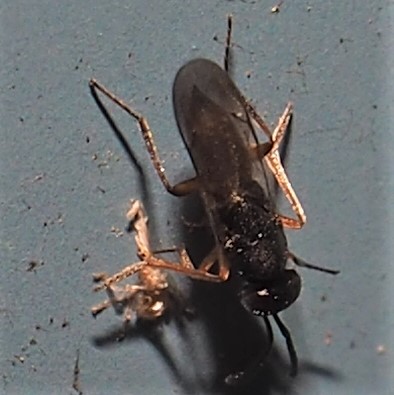
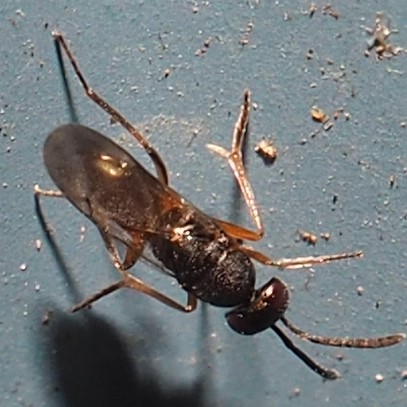

Some more photos of work on the house. I finally got the knobs installed in the drawer fronts for the upstairs hall storage cabinet. Look how the clear shellac now brings out the pattern in the birch plywood fronts! I also finally installed wheels to hold the legs of the table on which the dollhouse sits in the living room. Now it will be much easier to move around to work on it from various sides.
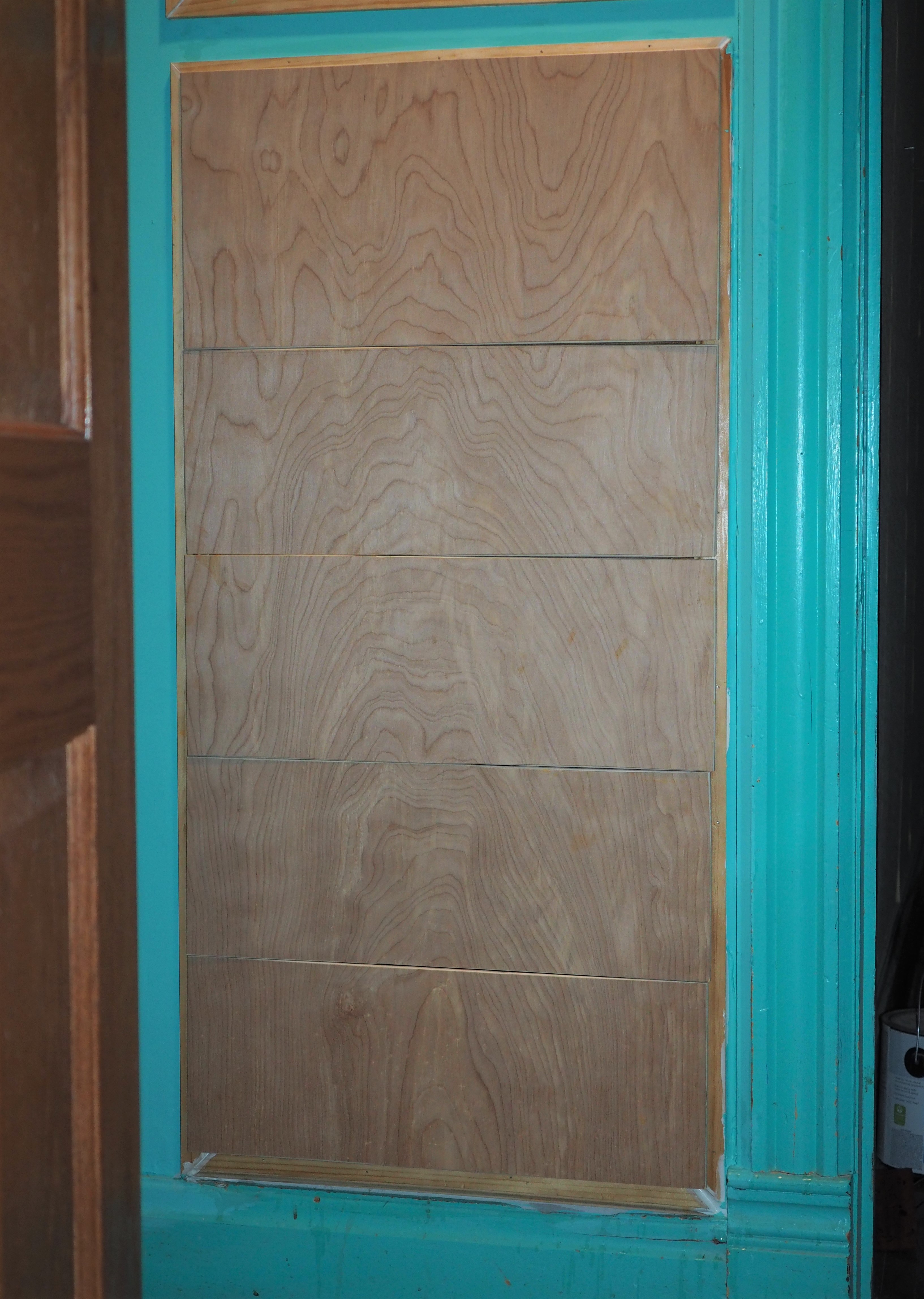
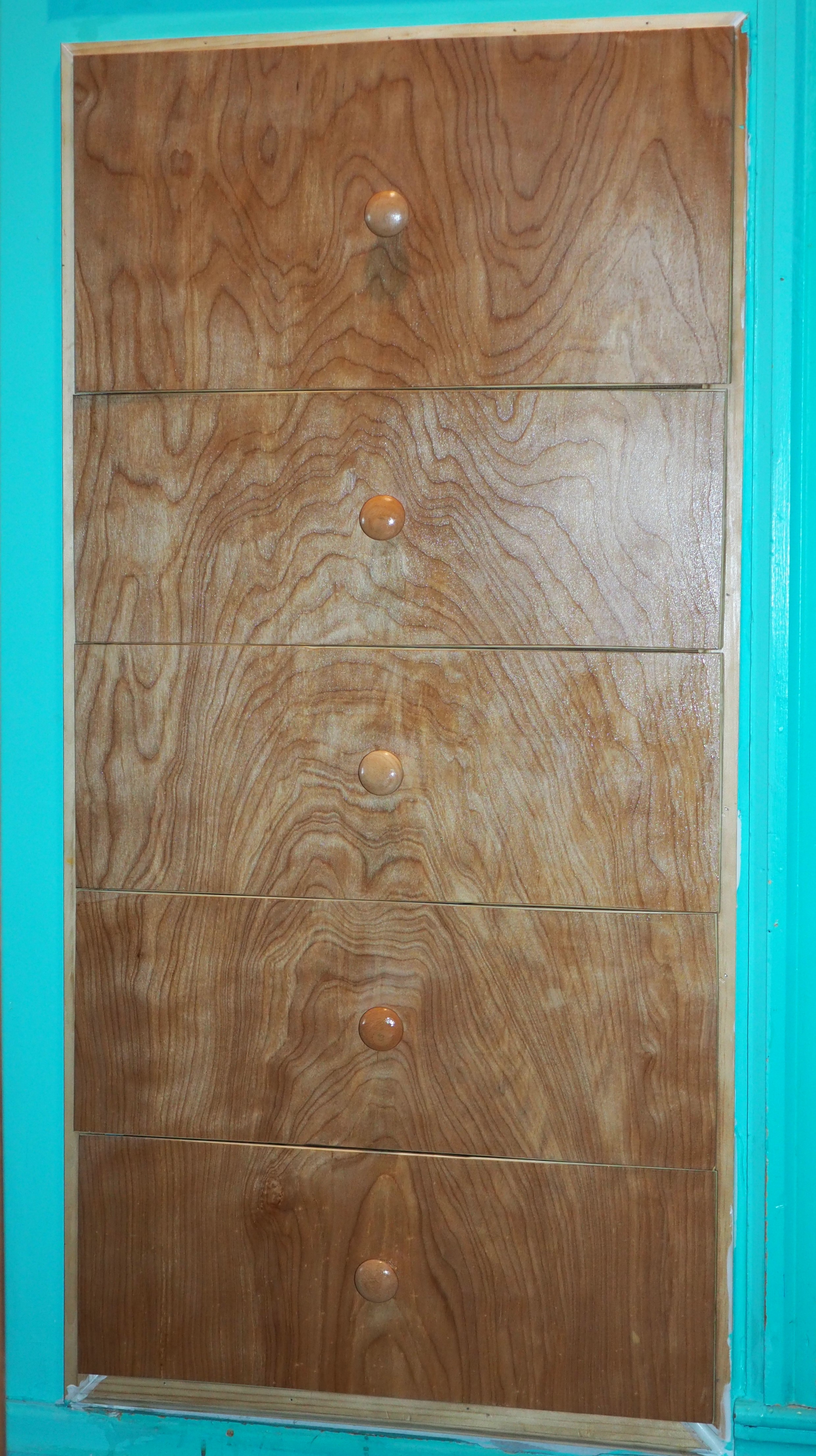

Some of the fish still kicking in the pond.
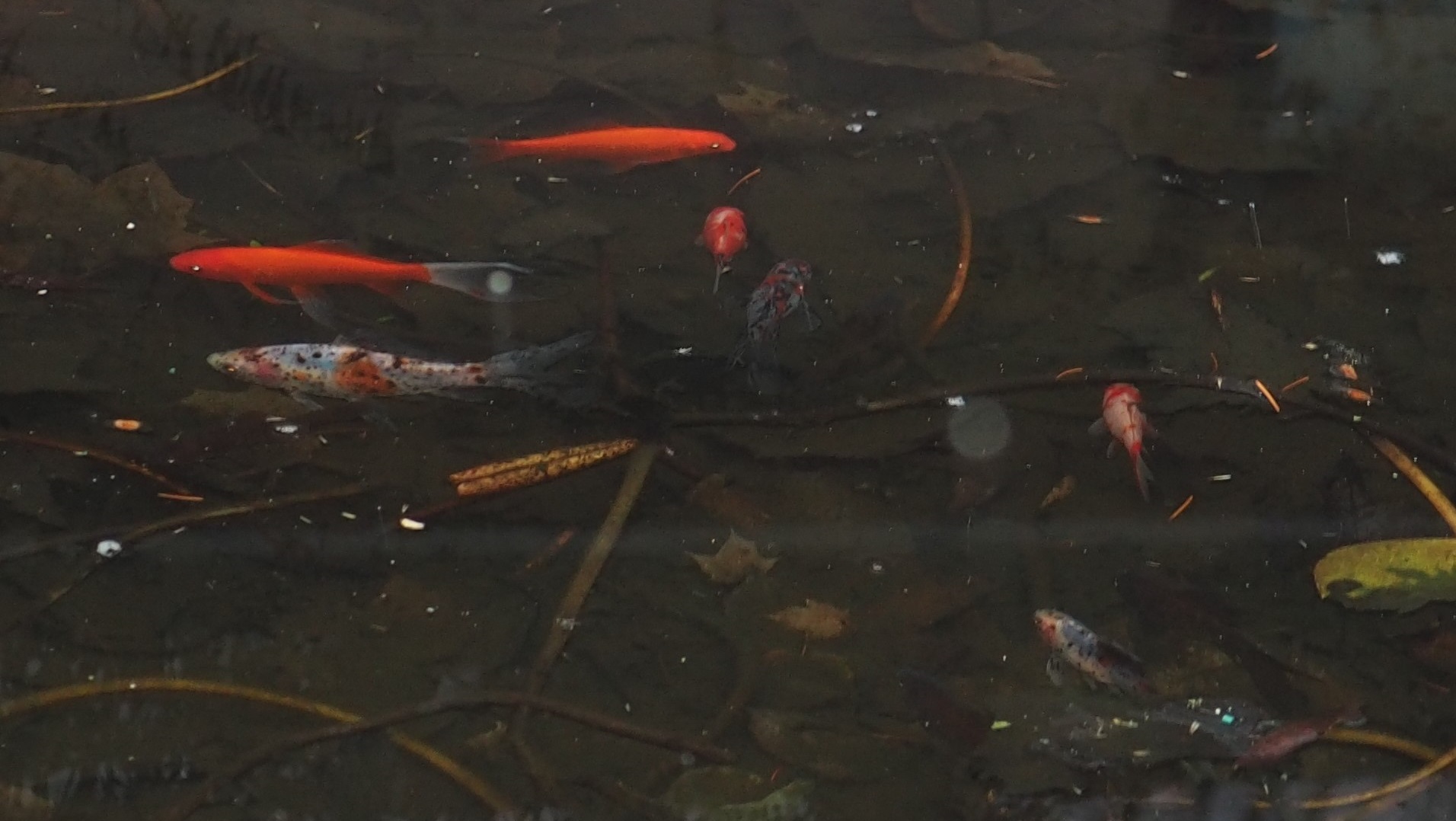
Another three-week space between blogs! But Groundhog Day is past, so the average low temperatures must be increasing (statistically!). I hope everyone is having a good winter with lots to do with friends, or indoors, or traveling, or whatever ordinary humans do. Do everything you can to keep our planet spinning with clean air and water and love.
Love, Martha
Back to January 19, 2020
Forward to March 1, 2020
Back to main menu
copyright Martha O'Kennon 2020




















































